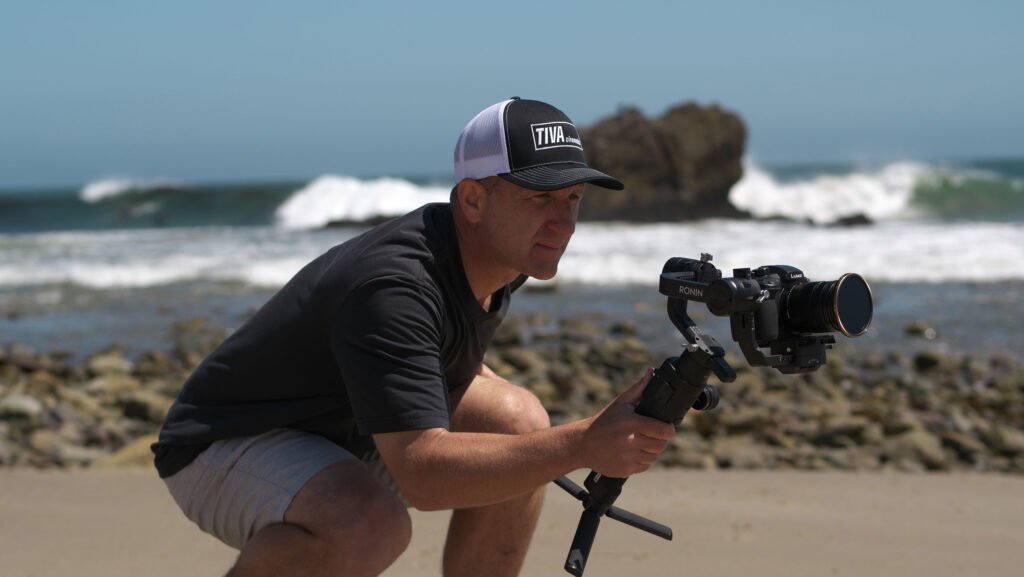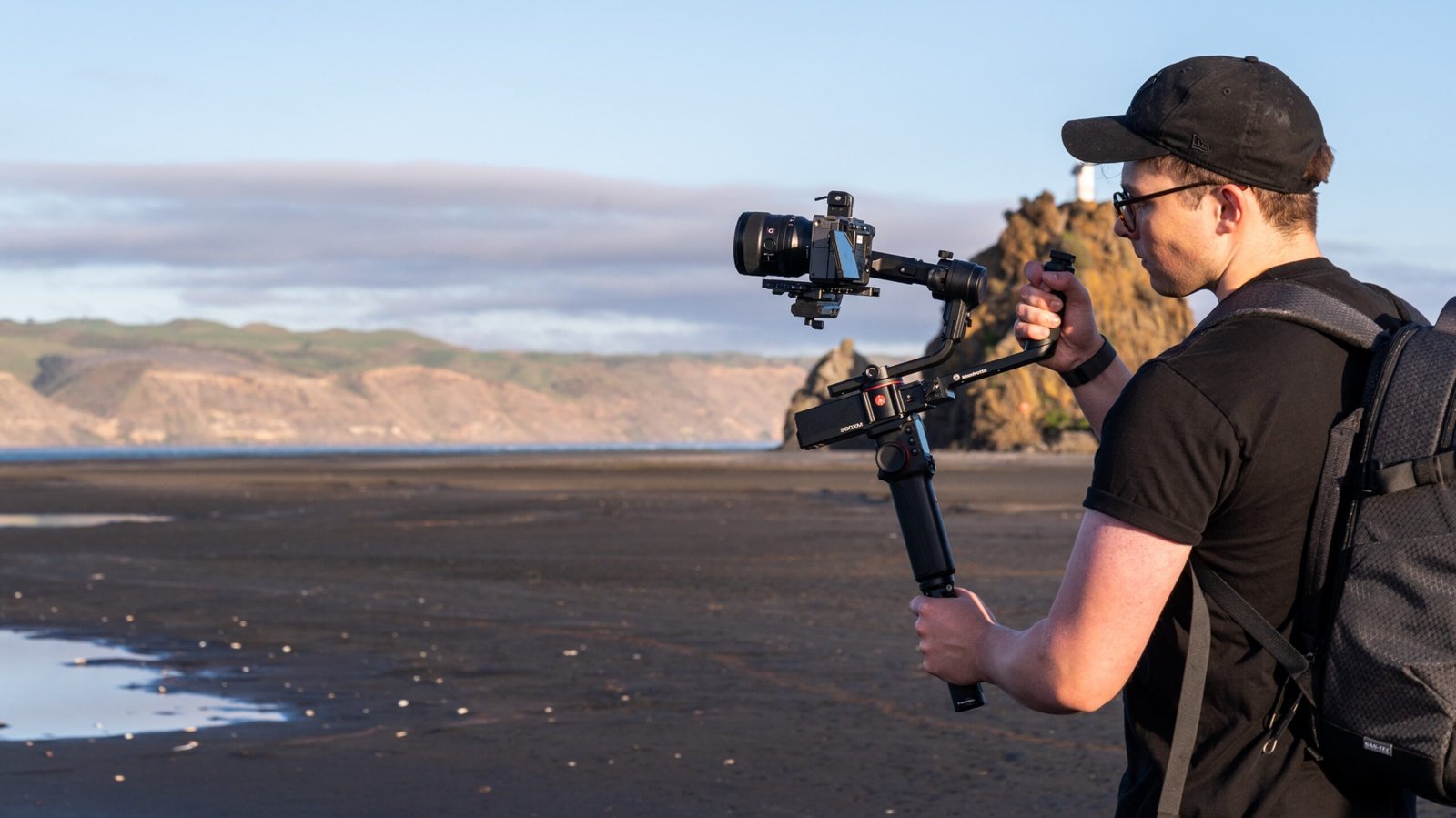Achieving smooth and steady videography is essential for producing professional-looking footage. Unsteady or shaky video can distract viewers and detract from the overall quality. Employing the right techniques and equipment helps ensure your videos have a polished and professional appearance. This guide explores various methods to achieve smooth and steady videography.

Use a Tripod
A tripod is a fundamental tool for stable shots:
- Stability: Provides a steady base for your camera, reducing camera shake and movement. Ideal for static shots and long takes.
- Adjustability: Allows you to adjust the height and angle of your shots. Many tripods come with fluid heads for smooth panning and tilting.
- Portability: Lightweight and compact models are available for ease of transport. Choose a tripod that suits your shooting environment and needs.
Using a tripod is one of the simplest and most effective ways to stabilize your footage.
Employ a Gimbal Stabilizer
A gimbal stabilizer is essential for dynamic and moving shots:
- Three-Axis Stabilization: Compensates for camera movements in three directions: pitch, roll, and yaw. Ensures smooth footage while moving or walking.
- Adjustable Settings: Many gimbals offer adjustable settings and modes for different shooting scenarios. This flexibility allows for customized stabilization.
- Versatility: Suitable for a range of cameras, from smartphones to professional DSLRs. Gimbals come in various sizes to accommodate different setups.
Using a gimbal stabilizer helps achieve fluid motion and steady shots during active filming.
Practice Proper Camera Handling
Proper camera handling techniques contribute to smoother footage:
- Handheld Techniques: Hold the camera with both hands, keeping your elbows close to your body. Use your body to absorb movements and stabilize the shot.
- Use Your Body: Engage your core and use your legs for support when moving. This technique helps reduce upper body shake and maintains steadiness.
- Breathing Control: Practice controlled breathing to minimize camera shake during handheld shooting. Exhale slowly while pressing the shutter or record button.
Practicing good camera handling techniques enhances stability and reduces unwanted motion.
Utilize a Slider or Dolly
Sliders and dollies offer smooth horizontal movements:
- Sliders: Provide controlled, smooth motion for close-up or medium shots. They allow for precise adjustments and can be used on various surfaces.
- Dollies: Used for longer and more complex tracking shots. They move along tracks or wheels, offering smooth and consistent motion over longer distances.
- Setup: Ensure the slider or dolly is level and secure before use. Test movements and adjust settings to match the desired shot.
Sliders and dollies are excellent tools for achieving cinematic, smooth tracking shots.
Use Stabilization Features in Your Camera
Many modern cameras come with built-in stabilization features:
- In-Body Stabilization: Some cameras have internal mechanisms that reduce camera shake. This feature is especially useful for handheld shooting.
- Lens Stabilization: Certain lenses include stabilization technology that compensates for camera movement. Combine lens and body stabilization for optimal results.
- Digital Stabilization: Some cameras and editing software offer digital stabilization options. These can correct minor shakes and jitters in post-production.
Leveraging built-in stabilization features helps improve overall video stability and quality.
Smooth Camera Movements
Controlled and deliberate camera movements enhance video stability:
- Panning and Tilting: Use slow and steady movements for panning and tilting. Avoid abrupt or jerky motions to maintain smoothness.
- Tracking Shots: Move the camera steadily along a predetermined path. Use markers or guides to ensure consistent speed and direction.
- Zooming: Avoid using digital zoom, which can introduce instability. Use optical zoom with smooth, gradual adjustments.
Smooth camera movements contribute to a more polished and professional look in your videos.
Edit for Stability in Post-Production
Editing can help correct minor stability issues:
- Stabilization Software: Many video editing programs offer stabilization tools to reduce shakes and jitters. Apply these tools to enhance the smoothness of your footage.
- Crop and Reframe: If stabilization tools crop the edges of your footage, reframe your shot to maintain the desired composition.
- Cutting: Remove any particularly shaky segments or transitions to maintain overall video stability.
Post-production stabilization tools and techniques help refine your footage and correct minor issues.
Conclusion
Achieving smooth and steady videography involves a combination of proper equipment, techniques, and editing practices. Using a tripod or gimbal stabilizer, practicing good camera handling, and employing sliders or dollies all contribute to professional-quality footage. Leveraging built-in stabilization features, making controlled camera movements, and applying post-production stabilization further enhance the final result. By mastering these techniques, you can create visually appealing and stable videos that captivate your audience.










